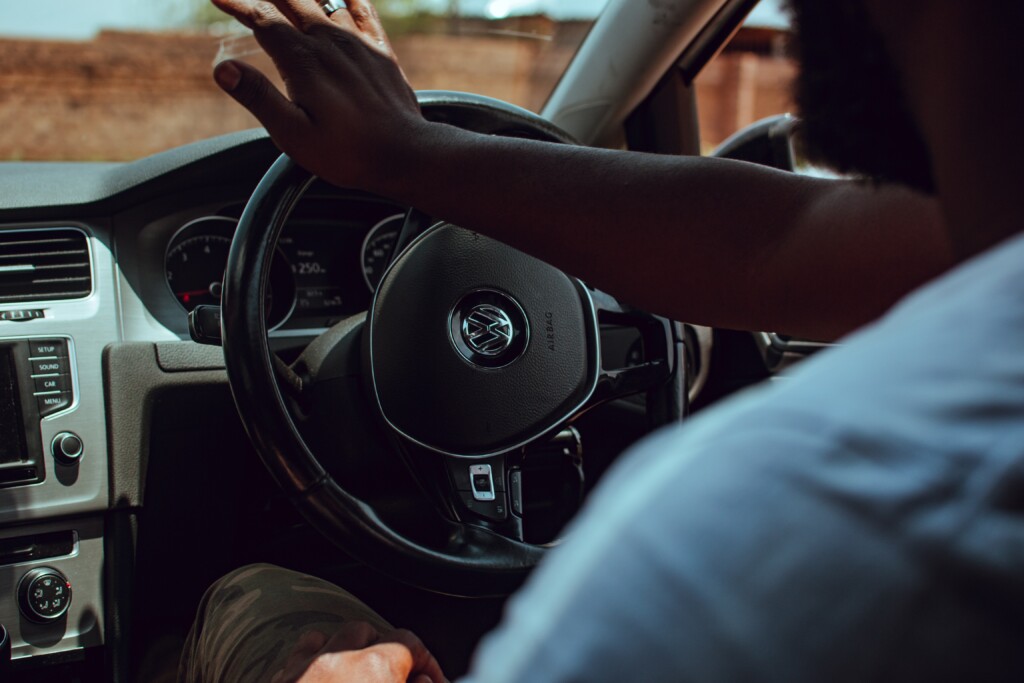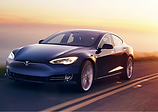Defensive driving is a term that you probably heard about when you took driver’s education classes. It refers to driving where you obey the rules of the road. That applies to the laws that are in place and the unspoken courtesy laws about which a driver should know.
Defensive driving is something that anyone can do, and it makes our roadways safer. If it’s not something that you have done up to this point, it’s time to change. It’s less likely that you’ll cause an accident that way, and there is less chance of an injury to you or someone else.
These defensive driving tips are a great place to start.
No Distracted Driving
Defensive driving is almost impossible if you don’t concentrate on what’s around you. That applies to:
- Weather conditions
- Other cars in your vicinity
- Pedestrians
Distracted driving can cause fatal accidents. If you want to be a defensive driver, you need a laser-like focus on the road ahead. Use your peripheral vision to keep an eye on cars coming up on either side of you, and use your mirrors.
Merge Appropriately
Merging is one area that separates defensive drivers from aggressive ones. When you merge, the cars coming from the two roadways should act like zipper links.
One from the first roadway should go, and then the one from the second roadway. The process then repeats itself, again and again. This creates a smooth traffic flow.
It causes problems if you’re on the highway, and someone is trying to enter via an onramp, but you are not allowing them to merge smoothly. A defensive driver will maintain a steady speed rate so that the vehicle coming up on your flank will know to either speed up and enter your lane ahead of you, or slow down and enter the lane behind you.
Although you have the right of way, what you should never do is speed up so that you’re matching the vehicle’s speed that is trying to get onto the highway. You’re trying to demonstrate to them, by how fast you’re going, whether they should enter the traffic flow ahead of you or behind.
If you speed up aggressively at the last moment and cut them off, this will force them to slam on the brakes. This causes cars behind them to do the same.
Don’t Tailgate
You might feel the urge to tailgate if you:
- Are late for work
- Are late for a social engagement
- Are feeling aggressive because you just argued with someone
A safe driver does not let their personal life affect their driving. You might be in a hurry to get somewhere, or you might not be having the best day, but there’s no reason to ride someone’s bumper. Ideally, you should maintain at least one car length between you.
If you tailgate someone on the highway, then if they are in the fast lane, your unwanted attention might force them to pull into the slow lane so that you can pass. It’s better, though, for you to use the passing lane to get ahead if you feel that they are driving too slowly.
Riding someone’s bumper is never appropriate. It’s the sort of thing an inconsiderate person does.
Don’t Speed
Probably the most significant difference between an aggressive driver and a defensive one is speeding. A defensive driver sticks to the speed limit, or perhaps five miles above it on the highway when there are appropriate conditions.
If you speed, you’re courting danger, since you might attract police attention. They might slap you with a ticket for speeding, or even reckless driving. That will mean points on your license and a possible suspension.
Also, when you go faster than you’re supposed to, you increase accident chances. You might cause a novice driver ahead of you to panic and swerve. If someone suddenly stops ahead of you, you will have less reaction time, and a crash is likely.
Car wrecks at higher speeds have a much higher fatality rate. Slowing down to the appropriate speed is always the right move, and the courteous one.
You should also pay attention to what traffic conditions are going to be like before you get behind the wheel. Many individuals now have phone apps that can show them whether traffic is going to be light or heavy. You will expect heavy traffic, and your defensive driving techniques will make sure you get through it and to your destination safely.




